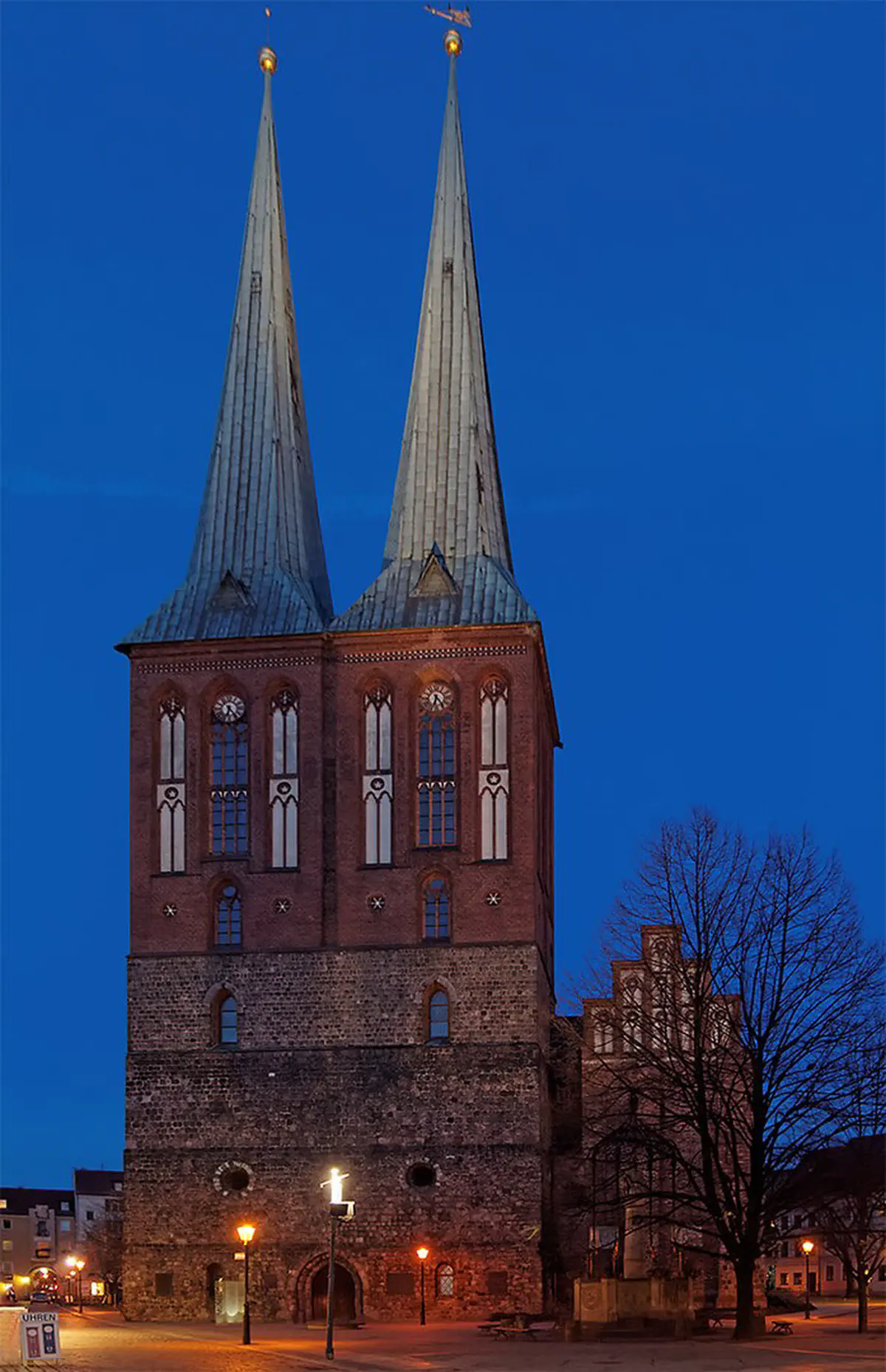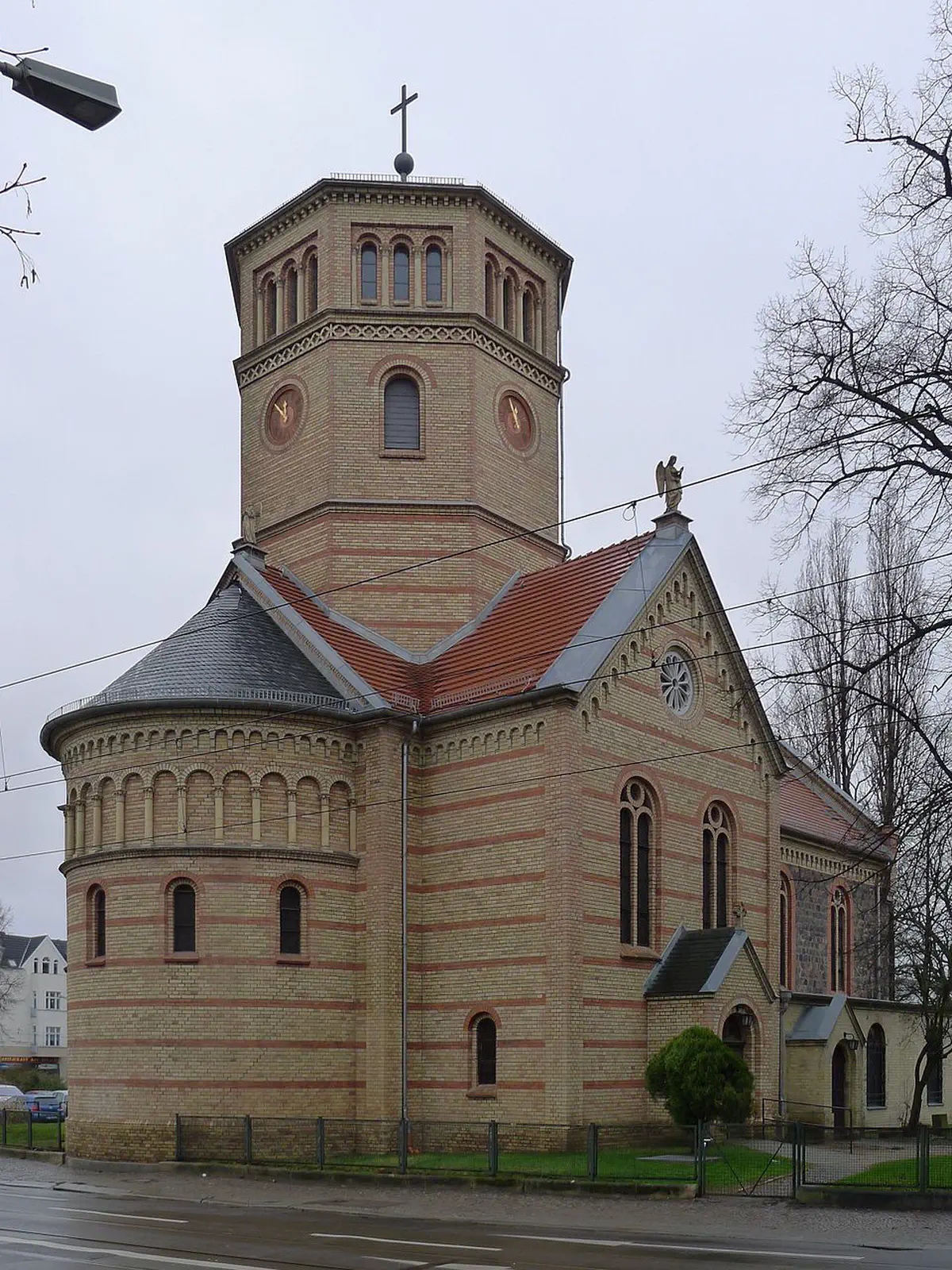Four of Oldest Churches in Berlin
For those drawn to Berlin’s layered past - its medieval roots, architectural traces, and quieter, historic corners - a visit to some of the city’s oldest churches offers a rewarding perspective. These spaces hold more than religious significance; they reflect centuries of change, from Romanesque foundations to Reformation-era shifts and 19th-century restorations.
The churches featured here are among the oldest in Berlin. Because precise construction dates are often uncertain - with early records incomplete and buildings altered over time - this is not a definitive list of the four oldest. Instead, it presents four churches built before the 14th century that continue to bear witness to the city’s early development. Each is a place of stillness, craftsmanship, and enduring cultural value.
Nikolaikirche (St. Nicholas Church)

It is the oldest intact church building in Berlin. It is located in the historic center, Nikolaiviertel, the oldest residential area in the city. The church was built around 1230.
This church is of particular importance as the place of work and collaboration between Paul Gerhardt, a blessed Protestant hymn writer who served here as pastor from 1657 to 1667, and Johann Crüger, a hymn composer and cantor at St. Nicholas from 1622 to 1662. Also of significance is the Lutheran theologian and Pietist Philipp Jacob Spener, who served as Provost at St. Nicholas from 1691 until he died in 1705.
An ecumenical Holy Communion of Lutheran and Reformed Christians on 30 October 1817 marked the church union in Prussia, which led to the creation of the Church of the Old Prussian Union.
During the National Socialist regime in 1938, the Protestant Church sadly gave up St. Nicholas for regular use. The church was taken out of service, deconsecrated, and transferred to the ownership of the German Reich.
Since 1995, the church has served as a museum belonging to the Stiftung Stadtmuseum Berlin, where concerts are also regularly held.
One can still visit the burial sites of Philipp Jacob Spener and Johann Crüger at St. Nicholas.
Friedenskirche

Located in Berlin-Niederschönhausen, it is one of the oldest churches in Berlin. Although the fieldstone church was redesigned in the Baroque style in 1743, its ashlar work — typical of late Romanesque architecture — remained unchanged, suggesting a construction date around 1250.
The old village church from the 13th century was demolished in 1869 due to its dilapidated condition. Parts of the medieval fieldstone structure can still be found in the western part of the church (entrance area).
The current building was constructed between 1869 and 1871. Friedrich Wilhelm IV, who took an interest in the Pietistic revivalist idea, had drawn up a sketch of the church as part of an expansion plan in 1849.
The church was named Friedenskirche (Peace Church) because it was completed at the end of the Franco-Prussian War in 1871.
It is built in the Neo-Romanesque style, and deliberately references the old village church with its granite ashlars in the foundation.
St. Nikolai (Spandau)

The church was built in the 14th century on the site of a predecessor church, first mentioned in documents around 1240 as the “ecclesia forensis” (market church). According to current research, this church is considered to be one of the earliest Margraviate sacred buildings with an ambulatory choir.
From this church, the Reformation spread to Brandenburg and Berlin. On 1 November 1539, Elector Joachim II converted to Protestantism here. His mother, Elisabeth, is considered the true reformer of Brandenburg.
During the Nazi era, the Nikolai congregation became a site of conflict between the Confessing Church and the German Christians. Martin Albertz, Kurt Draeger, and Georg Blenn were pastors associated with the Confessing Church. Pastor Albertz in particular was a key figure and a staunch opponent of the Nazi regime.
He was banned from preaching from 1934 to 1936 and again from 1938 to 1945 in St. Nicholas Church. He was forced to move with his confessing congregation to “emergency quarters” and to resign his position as superintendent.
After the war, Albertz became a lecturer in New Testament theology at the Kirchliche Hochschule Berlin, a theological university founded by the Confessing Church, and later a professor of Reformed theology at Humboldt-Universität.
The oldest preserved piece in the church is the bronze baptismal font, now placed on the left side of the choir between the first pair of northern choir pillars.
Dorfkirche Marienfelde

There is a disagreement concerning the construction year of this church. Following Kurt Pomplun, it is traditionally claimed that the fieldstone church was built around 1220, making it the oldest of all village churches in Berlin. However, a roof beam found in 1995 was dendrochronologically dated to 1230, and due to its secondary use, the church likely could not have been built before 1240. Nevertheless, no other known village church in Berlin is considered older.
The fieldstone church is the center of the listed village green, surrounded by buildings from several centuries (manor house, manor park, pond). The church is late Romanesque with Gothic additions (sacristy).
To provide more light for reading the newly introduced hymn books, larger windows were installed after the Reformation.
In 1994, an impressive organ by Frobenius & Sønner (Copenhagen) with 1752 pipes and 26 registers was installed.
To explore more of Berlin’s sacred architecture, visit our article on the most famous churches in the city. Whether you’re walking through historic districts or discovering lesser-known neighborhoods, these churches offer insight into the city’s evolving spirit and artistic heritage.
